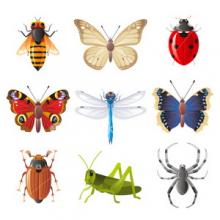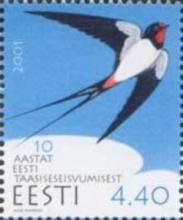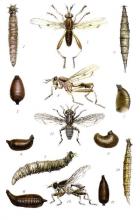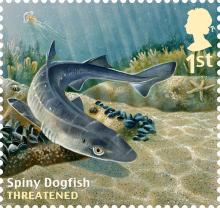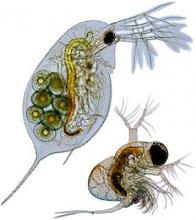Pesticides affect pheasant abundance in California
Based on count data compiled from Breeding Bird Survey (BBS) from 1974 to 2012, Christmas Bird Count (CBC) collected from 1914 to 2013, and hunter data from Annual Game Take Survey (AGTS) for years 1948–2010, ring-necked pheasants (Phasianus colchicus) in California have experienced substantial declines in agricultural environments. An additional analysis using a restricted data set (1990–2013) indicated recent negative impacts on pheasant numbers associated with land use practices were also associated with relatively high levels of pesticide application.




